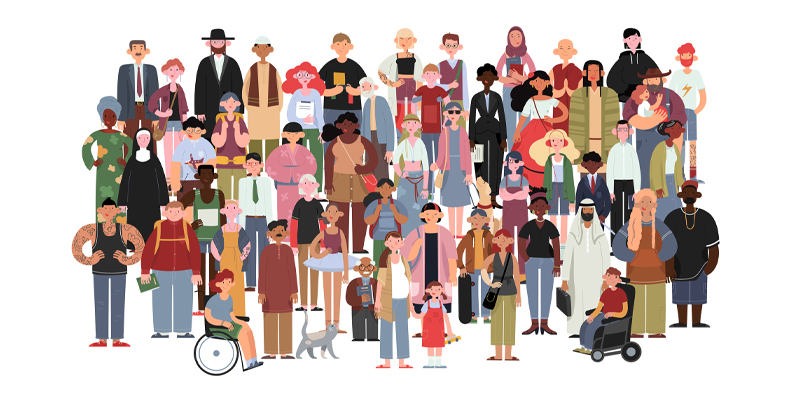2.2 Insights from behavioural economics
We frequently act irrationally as customers – preferring exciting short-term gratification to more boring, but enduring, benefits. Which would you rather spend money on – a holiday or pension contributions? We know pensions are good for us, but holidays are so much more exciting. At times it almost seems we have an in-built bias against what is good for us.
Behavioural economics seeks to understand the in-built biases of human decision making, to counter the ones that act against our own best interests. Award-winning economists Thaler and Sunstein (2008) popularised the concept of what they call ‘choice architecture’. The theory is that presenting choices in the right way to customers will help them to make decisions which are more in their interests. Thaler and Sunstein describe this as ‘improving’ decisions. It is also known as ‘nudge’ theory, as people are ‘nudged’ in the ‘right’ direction.
‘Nudging’ is based on scientific experiments which have established rules about how people make decisions, and how marketers can use this knowledge. For example, displaying salads more prominently to people queuing for lunch at a canteen, and hiding the chips, promotes healthier eating. People will choose the most obvious option, having been primed by the sight of the first food they see. Another example of choice architecture is requiring new employees to opt out of a workplace pension scheme rather than having to make the decision to join. An opt-out scheme results in a lot more members saving for their retirement.
The examples Thaler and Sunstein provide, such as pensions, organ donation, philanthropic giving and so on, make it difficult to argue against their idea of ‘nudging’ people towards decisions in their best interests. It could be argued that by influencing decisions without engaging with people’s conscious decision-making faculties, ‘nudge’ verges on manipulation. However, Thaler and Sunstein argue that nudging still leaves people entirely free to take their own decisions: it is not telling them what to do. As a result, it has become very popular with governments seeking to implement prosocial policies such as healthy eating, in a way which does not appear to be authoritarian and thus unpopular with voters. Nudging is also a relatively cheap way of influencing people’s decisions compared to techniques like advertising alone.
